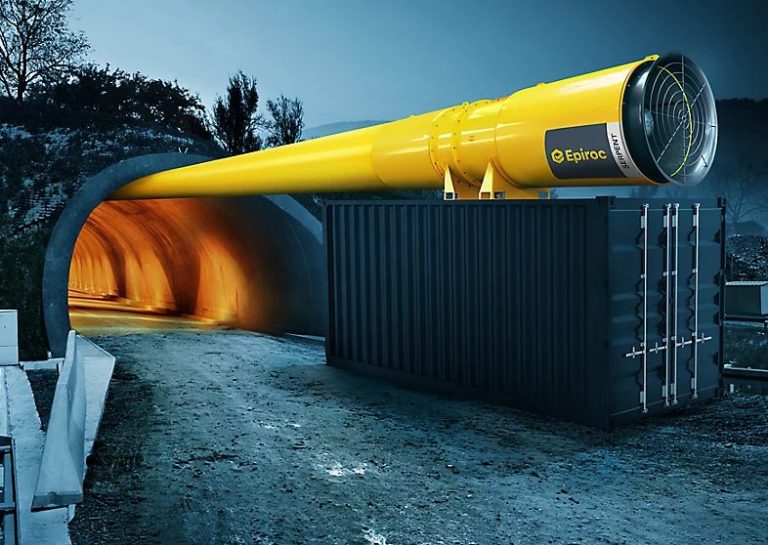Tips for Starting a Manufacturing Business in 2025

Content:
Starting a manufacturing business in 2025 requires careful research into the current state of the industry you’re entering. Understanding demand, competition, and labor needs helps you identify where opportunities lie and how to position your company for success. For example, according to IBISWorld, employment levels in the hand tool manufacturing sector are expected to hold steady at around 16,000 workers through 2029. This projection indicates a consistent labor market in that niche, which can help new entrants assess stability before investing heavily in hiring or training.
At the same time, researching regulations, supply chains, and customer expectations is equally important. Many industries are seeing heightened scrutiny in areas such as worker safety and quality assurance. By examining trends and anticipating shifts in consumer behavior, you can develop a strategy that positions your business for long-term growth.
Invest in the Right Equipment and Processes
Manufacturing is built on efficiency, and success depends on the tools and processes you put in place. About 70% of manufactured products require some degree of welding, according to US News. This means welding expertise and equipment will play a central role in nearly any facility, from small workshops to larger industrial plants. Failing to plan for this could create major bottlenecks or prevent you from entering certain markets altogether.
Beyond welding, businesses should consider automation, quality control systems, and ergonomic setups to maximize productivity. Investing wisely in equipment from the outset ensures that your company can meet production goals without overextending resources. Reliable processes also make scaling smoother when demand increases.
Build a Skilled Workforce
A strong team is at the core of every successful manufacturing business. Hiring skilled workers and investing in their ongoing development ensures that your operation remains competitive. Whether your business produces tools, furniture, or fabricated metal, having employees who understand both the technical side and the importance of safety standards will give you a solid foundation.
Workforce stability is especially important in industries where expertise cannot be quickly replaced. For instance, the fabricated structural metal sector in the United States currently includes more than 3,400 businesses, according to IBISWorld. With so many companies vying for experienced workers, retaining talent through training, support, and a safe work environment is a strategic necessity.
Focus on Compliance and Sustainability of Operations
Manufacturing businesses operate in a heavily regulated environment. Compliance with health, safety, and environmental rules isn’t optional — it’s mandatory to avoid fines, shutdowns, or reputational harm. Staying up to date with changing regulations helps you protect both your workers and your bottom line. For new manufacturers in 2025, proactive compliance is also a way to build trust with clients who want reassurance that you operate responsibly.
Equally important is ensuring your operation is sustainable from a resource and workflow perspective. That doesn’t mean making broad claims about being eco-friendly; it means designing processes that minimize waste, reduce downtime, and use materials efficiently. By building smart, reliable systems, you ensure that your business remains adaptable in a competitive landscape.
Create a Clear Business Plan
Before breaking ground on your facility or ordering equipment, a well-defined business plan should guide your every move. Your plan should include funding strategies, pricing models, projected costs, and long-term growth goals. Investors, lenders, and even suppliers will expect to see how your company intends to succeed in the marketplace.
A strong plan also makes daily decision-making easier. When unexpected challenges arise — as they inevitably will in manufacturing — your business plan can serve as a roadmap to keep you aligned with your long-term vision. From cash flow to hiring needs, having clarity from the start provides stability in an industry that often requires large capital investments.
Manufacturing businesses face high start-up costs, complex logistics, and demanding regulations, but with the right preparation, the opportunities in 2025 are significant. By researching your industry, investing in critical equipment like welding stations, building a skilled workforce, and staying compliant, you set the stage for long-term success.
As projections and statistics show, there is both stability and competition across different manufacturing sectors. For aspiring entrepreneurs, the challenge lies in translating this knowledge into smart strategies that balance efficiency with growth. With careful planning and execution, your manufacturing venture can thrive in the evolving market landscape.


